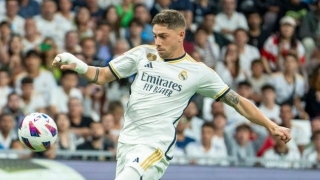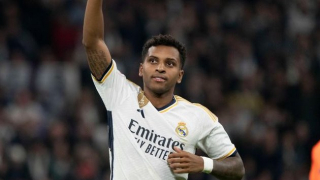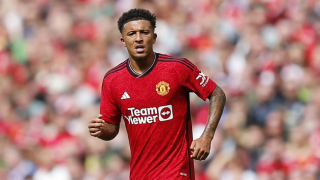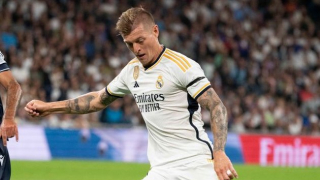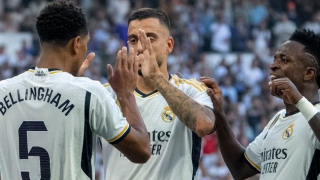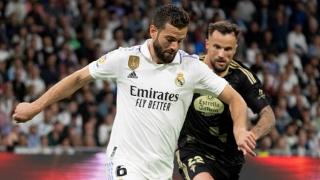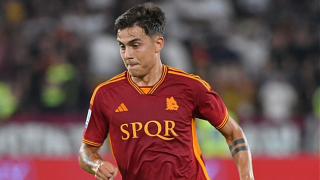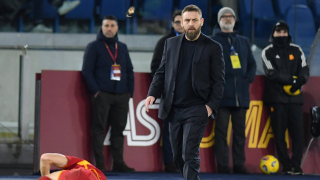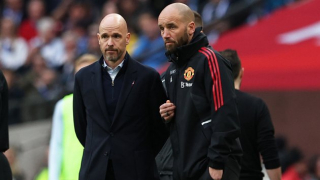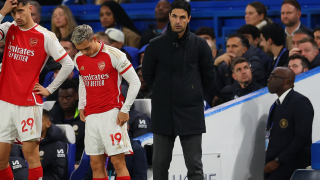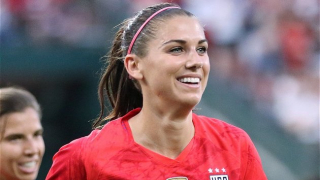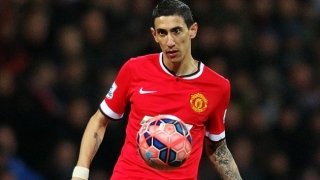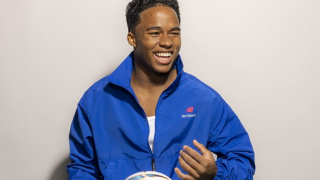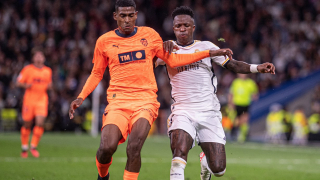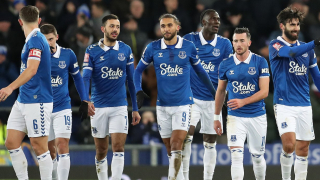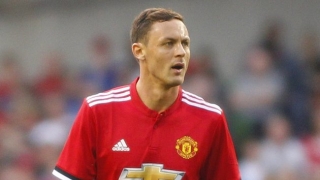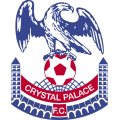In the summer, Roy Hodgson stepped down from his position as Crystal Palace manager. An experienced coach with a positive track record across European football, Hodgson had done well to keep Palace safe during his four years in charge. His successor, Patrick Vieira, was given the difficult task of improving upon Hodgson's record.
With Vieira's appointment came a slight change in approach. The club's recruitment centred more than ever before on signing young players with big futures. Marc Guehi (21) and Joachim Andersen (25) became the team's new centre-back pairing. Connor Gallagher (21) was brought in on loan from Chelsea to add energy in midfield. Odsonne Edouard (23) and Michael Olise (19) injected extra creativity to the attack.
These new signings, playing under a new manager, have led Crystal Palace to a new style of play. So far, the changes have come with inconsistency. Palace have impressed and frustrated in equal measure – most recently a win away to reigning champions Manchester City followed a home draw with lowly Newcastle. Still, there is room for cautious optimism that the new approach will pay off.
Creativity on the counter
There are differences to the way that Vieira sets Crystal Palace up, when compared to Hodgson. While Hodgson was resolutely counter-attacking in approach, Vieira wants his team to be more varied. "The way our opponents press us will dictate how we build up," he has said, per The Athletic. "But we have to use the ball well when we have it."
Nonetheless, it would be wrong to describe Vieira as a possession-focused manager; he is rather more pragmatic than that. For all the tweaks in playing style that have been apparent so far, his Palace still get a lot of their goals from counter-attacks. Last season, 7.3 per cent of their Premier League goals came on the break; this season, 7.7 per cent of their goals have come this way.
Clearly, Crystal Palace's counter-attacking roots remain intact. What's different now is that they have more options to utilise on the breakaway. Where previously they relied heavily on the mazy dribbling, skill and speed of Wilfried Zaha, now they can also call upon the vision and passing of Olise, the control and ball-striking of Edouard, as well as the runs and penalty box finishing of Gallagher.
Palace's second goal in the win over Manchester City evidenced the increased variety of counter-attacking threat. City doubled up on Zaha, which may previously have nullified the attack there and then. But this time Zaha could find Olise (No.7), who laid off to Gallagher (No.23) to score.
Their second goal against Arsenal showed the same combination play and creativity on the break. Gallagher found Olise, who found Edouard, who found the net.
Under Vieira, Crystal Palace see more of the ball. This season they are averaging 50.5 per cent possession, compared to 42.9 per cent last term. They are playing almost 100 more short passes per game. Andersen's diagonal balls out of defence, as seen below, have offered a new way to move forward. In general they are also pressing with more intensity, and trying to win the ball back quicker when they lose it.
However, Palace have also developed into a more rounded counter-attacking outfit under Vieira, with the new signings proving key. As they demonstrated against Arsenal and Manchester City, they now have more ways to hurt the big teams in games when they cannot or will not dominate possession.
Inefficiency, individual errors and the set piece issue
For all the positivity around Vieira's start to life as Crystal Palace manager, his first few months in charge have not been without problems. Palace are averaging just 0.04 more points per game than they did last season, which works out at roughly one or two more points over a full campaign. Their record screams mid-table safety – two wins, two defeats, and six draws.
One of the big questions is: Why can't they convert more of their draws into wins? It's a question with multiple answers.
Firstly, there is inefficiency in the final third. Against Newcastle, Palace had 75 per cent of the ball possession. In spite of that, they created just three shots on target to their opponent's two. New players like Edouard and Olise are still settling in, while Vieira is in the process of finding his best front three. With greater cohesion formed over time, and the imminent return of Eberechi Eze from injury, Palace should start doing more with their possession.
Other issues are more worrisome, namely individual errors and an inability to defend set pieces. Andersen offers good long passing, but can be bullied physically, as he was by Michail Antonio for West Ham's second goal in their 2-2 draw with Palace. Guehi, Andersen's centre-back partner, is quick but not dominant.
All three of Liverpool's goals in their 3-0 win over Vieira's side originated from set pieces. Arsenal's late equaliser, which left Vieira almost literally on the floor, came from the second phase of a corner kick. It was a similar situation for Newcastle's equaliser.
Right now, Crystal Palace are throwing points away. If their attack starts to fire more consistently, they can out-score opponents more often. Until then, the focus should be on solidifying their set piece defence and cutting out unnecessary mistakes. These are the next steps Vieira's side must take to go from mid-table safety to a top-half finish.

